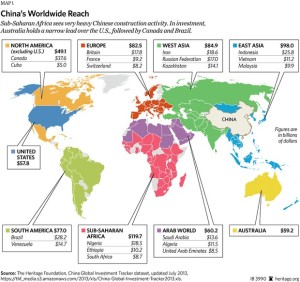Pakistan-Pakistani Taliban: The Pakistani Taliban rejected peace talks with the government on Thursday after electing hardline militant Mullah Fazlullah as their new leader.
Earlier this month militant sources said that the consultative Shura council of the Tehrik-i-Taliban Pakistan (TTP) chose Khan Said Mehsud known as Sajna as the new leader. But the election of Sajna, who leads the Pakistani Taliban in South Waziristan, reportedly was opposed by Taliban's other groups. Fazlullah was reported to have strongly objected to the choice of Sajna.
Shahidullah Shahid, the main spokesman for the TTP said talks with the government were a “waste of time” and the new chief Maulana Fazlullah was against them. “Holding of peace talks is not even an issue to discuss — this government has no authority, it is not a sovereign government, it is a slave, a slave of America. Holding peace talks is a waste of time.”
Fazlullah's men shot and wounded Malala Yousafzai last year, instantly turning Malala into a global hero for the education of girls.
Comment: Fazlullah's election does not necessarily mean that negotiations will never occur. Hardline leaders often are the only ones capable of negotiating with credibility. But that is for the future. Meanwhile, no peace talks are likely in the near term. Pakistani Pashtun savagery against Pashtun women will increase, including murder attempts against Malala in the UK.
Fazlullah's election signifies rejection of Prime Minister Sharif's peace overture. It also highlights a degenerative leadership pattern resulting from the US program of leadership decapitation. First, there is always someone waiting for the chance to be leader. Second, the new leaders are less experienced and wise than the men they replace. Third, the new generation of leaders is more extreme and theologically rigid than its predecessors. Finally, the new leaders tend to be unknown to intelligence relative to their predecessors. Decapitation is not a permanent solution to an insurgency or an uprising.
Continue reading “NIGHTWATCH: CIA Kills Peace in Pakistan, Saudi Goes Nuclear [with Chinese Help?]”




